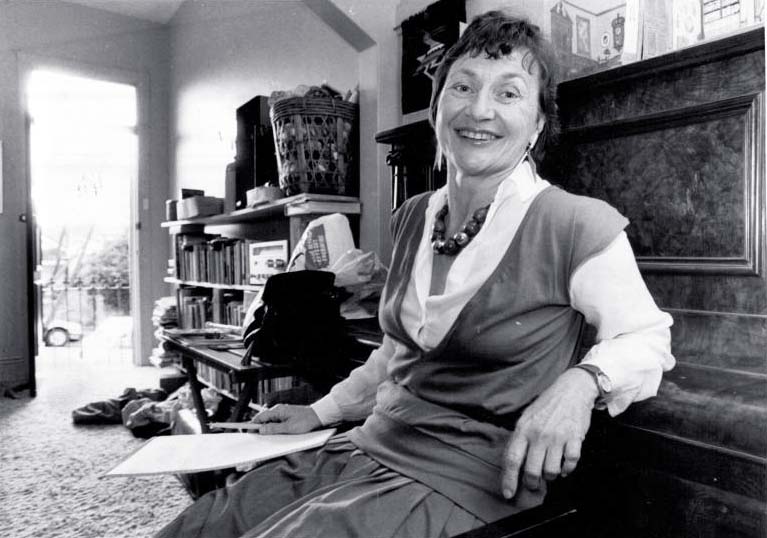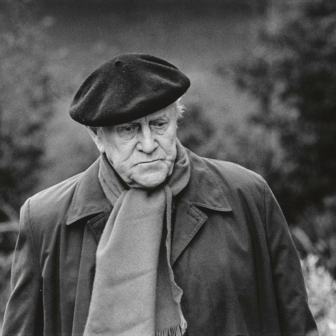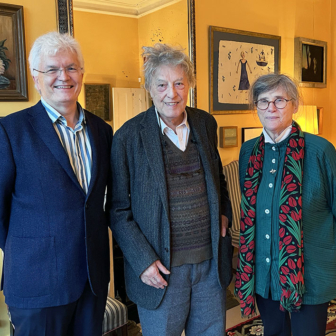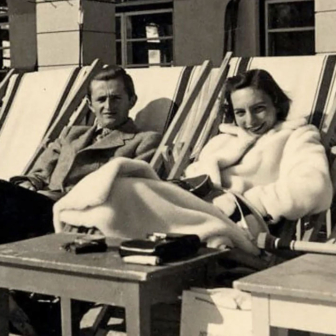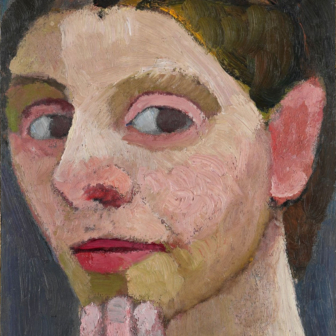Some writers find their voice early. Reading back through the film reviews Sylvia Lawson wrote in the early 1960s for the fortnightly magazine Nation feels much like reading her reviews for Inside Story, published between early 2009 and September last year. They’re lively, vivid, often acerbic, and the insights are conveyed with verve and conviction. Semicolons suited her particularly well; they allowed ideas to be juxtaposed in provoking ways.
Sylvia, who died earlier this week, was part of the group around Tom Fitzgerald when he launched Nation in 1958. Twenty-six at the time, she was there in the second edition with a piece about the Sydney Film Festival (the audience “sighed and fidgeted” as a panellist talked about television) and she was there fourteen years later, in the final edition, with a piece on “the alternative press.” That interest in films and the media persisted over the decades, quickly joined by two other great passions: the feminism of Simone de Beauvoir and the opera house of Jørn Utzon.
Although her career in journalism had begun a few years earlier as a cadet with the Sydney Morning Herald, and had continued at the Daily Mirror after her marriage forced her to leave the Herald, it was Nation that provided the vital setting for her work, and much besides, during the late fifties and the sixties. It was George Munster, nominally Nation’s business manager, who handed on to her the copy of de Beauvoir’s Memoirs of a Dutiful Daughter he’d reviewed for the magazine, and it was another member of the Nation group, bookseller Alec Shepherd, who gave her a copy of The Second Sex. Not far away, the foundations of the Sydney Opera House had been poured, setting the stage for an epic clash of professional and political power.
With Sydney slowly shaking off the stodginess of the early Menzies years, there was plenty to write about. Sylvia wrote book reviews and essays to begin with — including an engaging account of her forebear Louisa Lawson’s pioneering feminist magazine Dawn — then returned to films with a landmark essay that began by discussing the American director Fred Zinnemann’s Australian-set film The Sundowners (“a cumbersome wagon-train of episodes”) and ended as a ringing call for an Australian film industry. It was the audience’s willingness to settle for an outsider’s second-rate view of Australia that worried her most:
It is not merely pathetic that people should gasp in ecstasy when the camera picks out a koala and the shearers play two-up, and should chuckle joyfully when [Robert] Mitchum utters a stone-the-flamin’-crows or [Chips] Rafferty asks, “what’s this, bush week?” It is horrifying — that we should have to be so touchingly grateful to Warner Brothers for giving this continent a pat on the head, for throwing a few pink galahs on the screen, for showing us ourselves, or our country cousins, in terms proper to folksy radio-serial or the domestic comic strip.
But surely Australia was too small to make its own films?
The smallness of our population has nothing to do with it. Practically every country above Bronze Age level has a feature-film industry, and accepts and wants it as part of its civilised consciousness. Sweden’s population is smaller than ours, but even if you removed Ingmar Bergman there would remain a fifty-year-old industry, still working to high standards in the television era.
Perhaps this is the fight that kept her in Australia while near-contemporaries like Germaine Greer and Clive James headed for London. But perhaps part of the explanation for her immersion in the Sydney of the 1960s and 70s was a kind of cussedness. Unsolicited advice from expatriates left her cold, and a dash to the metropolitan centre — especially after Nation came along — might have seemed like defeat.
This was related to her suspicion of “great men” (or even great women). Despite siding against the NSW government in its fight with Utzon, she refused to see the Opera House as the expression of individual genius. Yet her work was very much the product of her own distinctive viewpoint, and she admired the creativity and integrity of people like Utzon and de Beauvoir, just as she came to admire the idiosyncratic genius of the founding editor of the Bulletin, J.F. Archibald, the subject of her remarkable, award-winning book, The Archibald Paradox, published in 1984.
Sylvia is well represented in Ken Inglis’s anthology of Nation pieces. Her review of The Sundowners is there, along with a piece about government support for film-makers, a review of Tony Richardson’s “bloodless” Ned Kelly (with Mick Jagger in the lead role), and a review of two documentaries about Indigenous Australia that signalled another intensifying interest of Sylvia’s.
During the Nation years three children had arrived, Nicholas, Julian and Morgan Thomas, each destined to be talented researchers and writers. During and after Nation, Sylvia reviewed for the Australian and a range of other magazines and journals. From the late 1960s, she taught film and media studies in universities and adult education courses, and for a decade from 1977 she lectured in humanities at Griffith University. Tom O’Regan tells the story of those years, and recounts Sylvia’s central role in the revival of the Australian film industry, in his fine tribute for Inside Story.
Yet journalism continued to exercise a strong pull. In 1987 she returned to full-time writing, contributing to Filmnews, Australian Society, the Age Monthly Review, the London Review of Books and other newspapers and magazines. It was then, when I was editing Australian Society, that I first published her work. Sylvia was about to return to Sydney from the decade at Griffith University, and willingly accepted my inadvertently well-timed invitation to write for the magazine. Her articles over the next five years covered a huge range of topics, from the 1988 bicentennial celebrations and the 1990 federal election to a visit to India as a writers’ festival guest and, of course, the film industry.
Like the 1960s, it was a period of ferment. Independent magazines — the Independent Monthly, the Republican — came and went; the Liberal Party almost tore itself apart then almost put itself back together again; Australian Society acquired its first fax machine and then its first computers. Throughout, as with her contributions to two other magazines I’ve worked on, Editions and Inside Story, Sylvia’s articles always arrived (on paper, on disk or, later, via email) in immaculate condition.
In common with one of the journalists she most admired, the Scottish-born Neal Ascherson, Sylvia managed to combine a richly visual style with a sharp, distinctive point of view. I won’t again have the pleasure of opening a message from Sylvia to find eight or nine hundred well-chosen words, or of receiving the Saturday morning calls from Sydney to discuss “urgent editorial matters,” but it’s been immensely stimulating to have had that experience countless times over the past thirty years. ●
